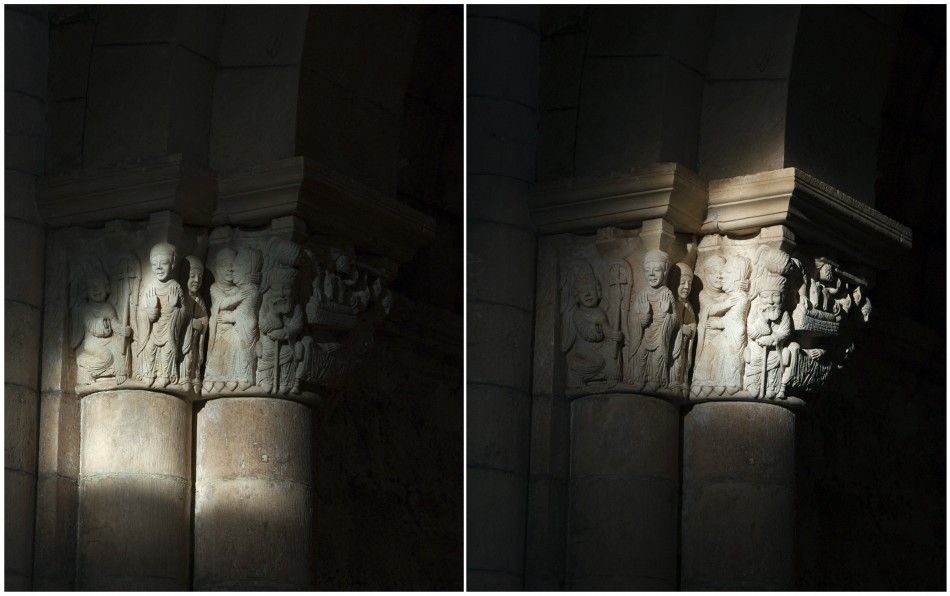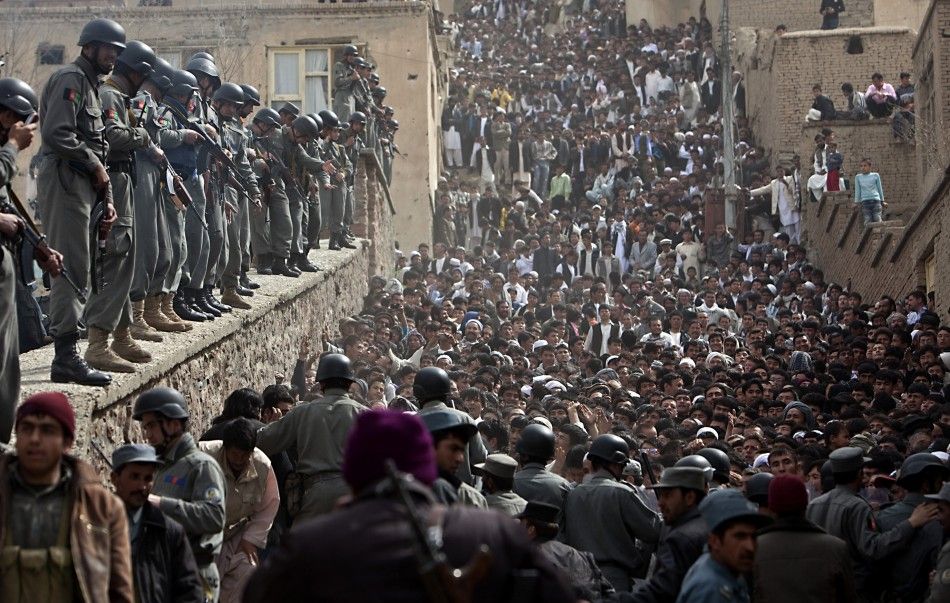When is Spring? Vernal Equinox 2012 Marks End of Winter, Earliest in Over a Century [PHOTOS]
It may already feel like Spring for most resident in the U.S., aside from those in Arizona and New Mexico who are experiencing rare winter-like snowstorms, but when exactly does spring official start?
The 2012 vernal equinox, or spring equinox, is Tuesday, marking the beginning of spring and end of winter. This year, it is particularly special, with the earliest date in over a century.
According to Live Science, this spring will be the earliest since 1896, marked on March 20 at exactly 1:14 a.m. EST on Tuesday. However, those in the Mountain and Pacific time zones will host the equinox a day earlier, in the evening of March 19.
The vernal equinox is one of two times during the year when the length of day and the length of night are equal, if not skewed more towards longer sunlight. The equinox is when the sun is directly over the intersecting points of the ecliptic, or the sun's path, and the celestial equator, similar to the Earth's equator but in the sky.
The result of the vernal equinox will be 12 hours of daylight and 12 hours of darkness at all latitudes, which you can watch in real time over at Die.net. Those in the Northern Hemisphere will celebrate the first day of spring while those in the Southern Hemisphere will celebrate fall.
The vernal equinox ends in June when the summer solstice begins, or when the sun reaches the zenith at 23.5 degrees north latitude at the Tropic of Cancer.
The date of Easter is also based off of the vernal equinox, celebrated on the first Sunday after the full moon after the vernal equinox.
Persian New Year, or Nowruz, is also celebrated by Iranians and Kurds on the vernal equinox with a 13-day festival for the beginning of a new calendar year.
Last year, many Chinese people had a traditional ceremony adapted from an ancient Qing Dynasty tradition at the at the Temple of the Sun in Ritan Park, central Beijing last March to mark the Chunfen, or the vernal equinox in the Chinese lunar calendar, praying to the sun.
Countless viewers also flock to the column inside of the San Juan de Ortega monastery in northern Spain to see a phenomenon known as The Light Miracle for the vernal equinox each year.
In old wives' tales, many believe that the position of the sun and other planets can cause objects, like brooms and eggs, to balance, as reported by the Chicago Tribune. However, the folklore was debunked many years ago, according to About.com, as the vernal equinox has no physical effect on earthly objects.
View the slideshow to see photos of spring and the vernal equinox celebrated all over the world.







© Copyright IBTimes 2025. All rights reserved.






















